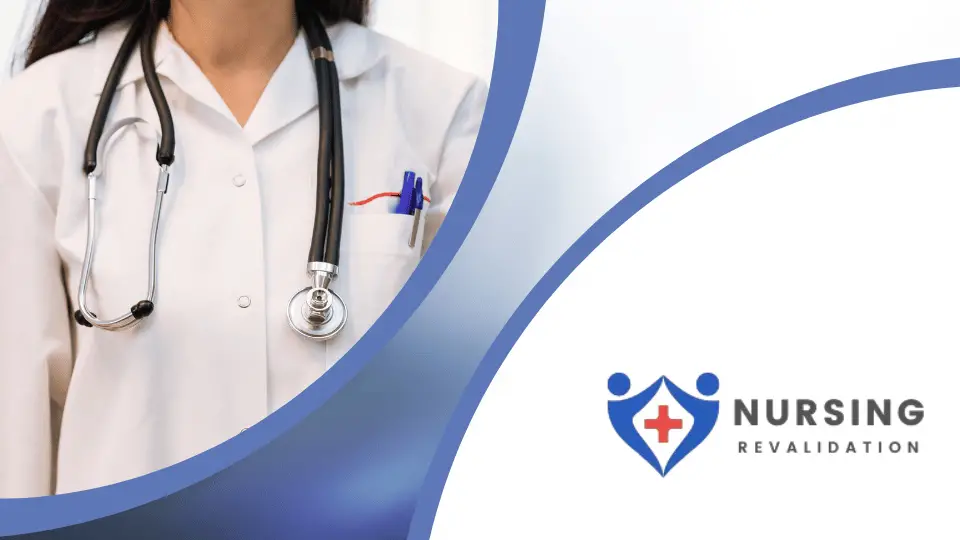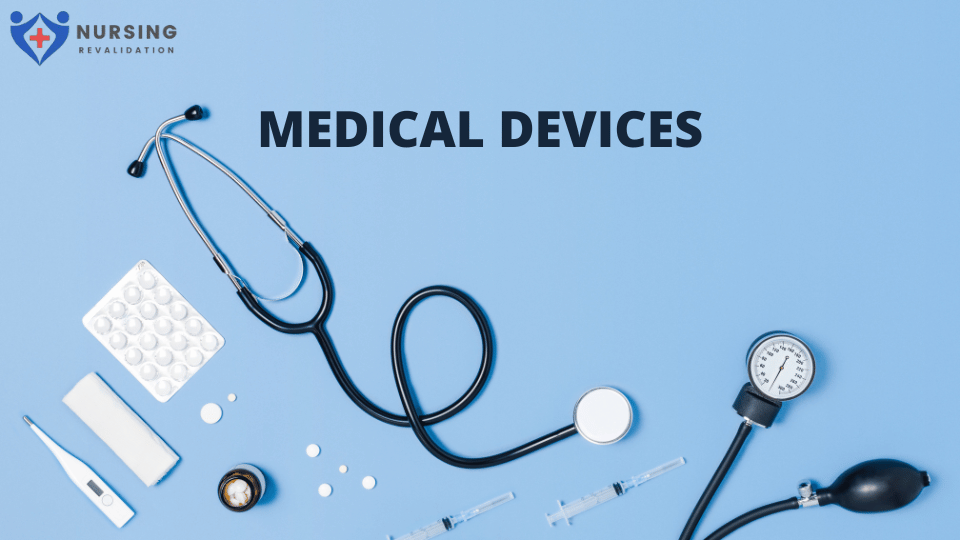Introduction
Medical devices are instruments, apparatus, machines, or implants used to diagnose, treat, or prevent medical conditions. They range from simple devices like thermometers to complex instruments like MRI machines. Medical devices have revolutionized healthcare, making it more accurate, efficient, and patient-centered. In this article, we will explore the latest medical devices and their impact on healthcare
Types of Medical Devices
Here are some of the main types of medical devices:
Diagnostic devices: These are used to diagnose medical conditions. Examples include ultrasound machines, MRI scanners, and X-ray machines
Therapeutic devices: These are used to treat medical conditions. Examples include insulin pumps, pacemakers, and dialysis machines.
Surgical devices: These are used during surgical procedures. Examples include scalpels, forceps, and sutures.
Monitoring devices: These devices are used to monitor a patient’s vital signs. Examples include blood pressure monitors, glucose meters, and pulse oximeters.
Latest Medical Devices and Their Impact
Advancements in medical device technology have led to the development of innovative devices that improve patient outcomes and quality of life. Here are some of the latest medical devices and their impact on healthcare:
Wearable medical devices: These devices can monitor a patient’s vital signs, track their activity level, and provide feedback on their health status. They are particularly useful for patients with chronic conditions like diabetes, heart disease, and respiratory disorders.
Implantable medical devices: These devices are implanted into the patient’s body and can provide continuous monitoring or treatment. Examples include pacemakers, defibrillators, and insulin pumps.
3D printing technology: This technology has revolutionized the production of medical devices. It allows for the creation of customized implants and prosthetics that fit the patient’s anatomy perfectly.
Robotic surgery: Robotic surgical devices allow for more precise and minimally invasive surgery, reducing patient recovery time and improving outcomes.

Innovations in Medical Device Technology
The medical device technology is constantly evolving, with new innovations emerging every day. Here are some of the most promising innovations in medical device technology:
Artificial intelligence: AI can be used to analyze patient data, detect medical conditions, and personalize treatment plans.
Augmented reality: AR can be used to visualize a patient’s anatomy during surgery, making the procedure more precise and efficient.
Nanotechnology: Nanoparticles can be used to deliver drugs directly to the affected tissue, minimizing side effects and improving efficacy.
Regulations and Safety Concerns
Medical devices are regulated by various agencies to ensure their safety and efficacy. In the US, the FDA is responsible for regulating medical devices. They classify medical devices into three categories based on their risk level. Class I devices pose the lowest risk, while Class III devices pose the highest risk. Manufacturers of medical devices must comply with strict regulations and standards to ensure their products are safe and effective.
Insurances medical devices
Medical devices can be costly, and not all patients can afford them. Health insurance can help cover the cost of medical devices, making them more accessible to patients who need them. However, not all insurance policies cover medical devices, or they may only cover specific devices or brands. It is essential for patients to check their insurance policies and understand their coverage for medical devices to avoid unexpected expenses. Additionally, some medical device manufacturers offer assistance programs for patients who cannot afford their products.
FAQs
What is the difference between a medical device and a pharmaceutical drug?
A medical device is a physical instrument or apparatus used to diagnose, treat, or prevent medical conditions, while a pharmaceutical drug is a chemical substance used to treat medical conditions.
What is a medical device development project plan?
A medical device development project plan outlines the steps and timelines involved in bringing a new medical device from concept to market. It includes activities such as research, design, prototyping, testing, regulatory approval, and manufacturing
What should I do if I have a problem with a medical device?
If you experience any problems or side effects from a medical device, you should contact your healthcare provider or the manufacturer immediately. You can also report adverse events to the FDA through their MedWatch program.
Conclusion
Medical devices have revolutionized healthcare, improving patient outcomes, and quality of life. Advances in medical device technology have led to the development of innovative devices that are more accurate, efficient, and patient-centered. However, it is essential to ensure the safety and efficacy of medical devices through strict regulation and testing. As technology continues to evolve, we can expect to see even more exciting innovations in medical device technology that will enhance healthcare and improve patient outcomes


